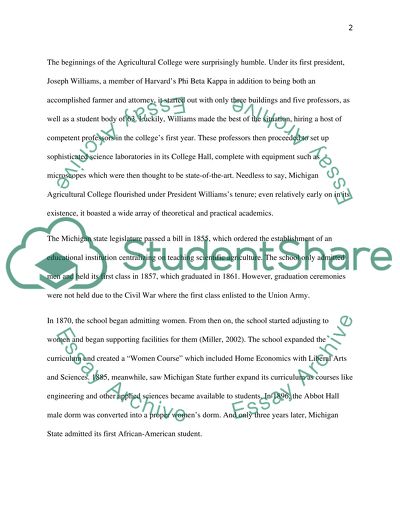Cite this document
(“Michigan agricultural college a dream fullfiled Essay”, n.d.)
Michigan agricultural college a dream fullfiled Essay. Retrieved from https://studentshare.org/miscellaneous/1571548-michigan-agricultural-college-a-dream-fullfiled
Michigan agricultural college a dream fullfiled Essay. Retrieved from https://studentshare.org/miscellaneous/1571548-michigan-agricultural-college-a-dream-fullfiled
(Michigan Agricultural College a Dream Fullfiled Essay)
Michigan Agricultural College a Dream Fullfiled Essay. https://studentshare.org/miscellaneous/1571548-michigan-agricultural-college-a-dream-fullfiled.
Michigan Agricultural College a Dream Fullfiled Essay. https://studentshare.org/miscellaneous/1571548-michigan-agricultural-college-a-dream-fullfiled.
“Michigan Agricultural College a Dream Fullfiled Essay”, n.d. https://studentshare.org/miscellaneous/1571548-michigan-agricultural-college-a-dream-fullfiled.


